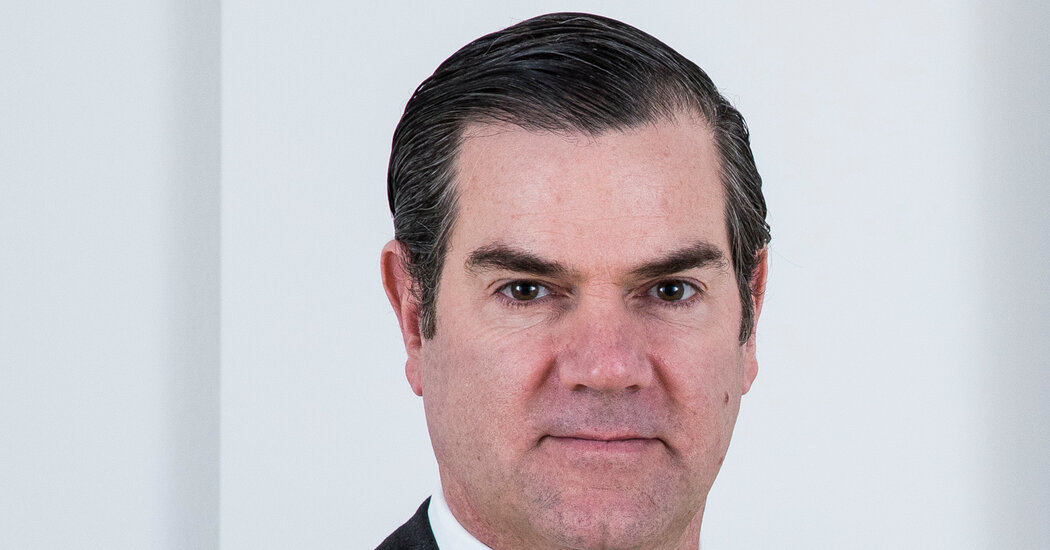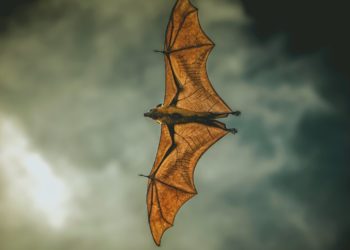James Rondeau, the director of the Art Institute of Chicago, will return to work on Monday, after an independent investigation into his conduct on a flight to Germany, the museum announced on Thursday.
The board leadership “is confident in James Rondeau’s leadership and ability to continue as the president and director,” the museum said in a statement.
Rondeau has been on a voluntary leave since the April 18 incident in which police were called to a United Airlines flight after it landed in Munich from Chicago, following reports that Rondeau had stripped off his clothes after drinking alcohol and taking prescription medication.
“I deeply regret this incident and the impact it has had on the museum and on my colleagues,” Rondeau said in a statement. “I have dedicated the past 27 years of my professional career to the Art Institute and I am grateful to have the opportunity to continue furthering its mission.”
Pamela Joyner, a prominent collector, stepped down from the board about two weeks ago. In an interview on Thursday, she said she wanted to focus on other boards — the San Francisco Museum of Modern Art and the Museum of Modern Art in New York — and did not feel it was appropriate, as a former trustee, to weigh in on the Rondeau situation.
But, she said, “that board has work ahead of it that I don’t have time to do effectively,” adding that “any distraction is potentially challenging for an institution.
Rondeau, whose total compensation is more than $1 million, was appointed in 2016, after serving as the museum’s chairman and curator of modern and contemporary art.
The Art Institute of Chicago is one of the country’s leading museums, has an operating budget of $120 million, a full-time staff of about 600 and a collection that includes masterpieces like Georges Seurat’s “A Sunday on La Grande Jatte” and Edward Hopper’s “Nighthawks.”
Robin Pogrebin, who has been a reporter for The Times for nearly 30 years, covers arts and culture.
The post Chicago Museum Director to Return to Work After Airplane Incident appeared first on New York Times.




